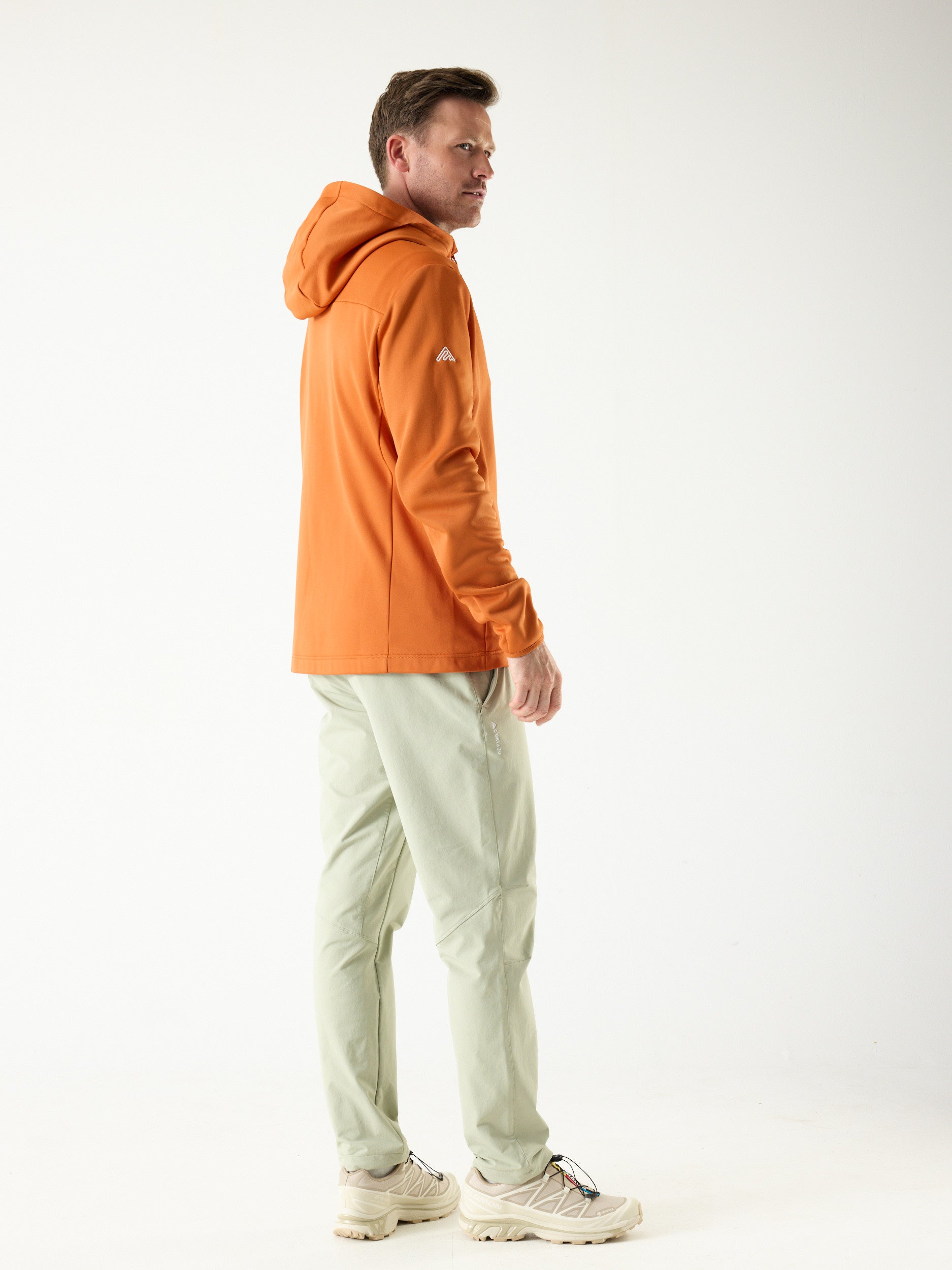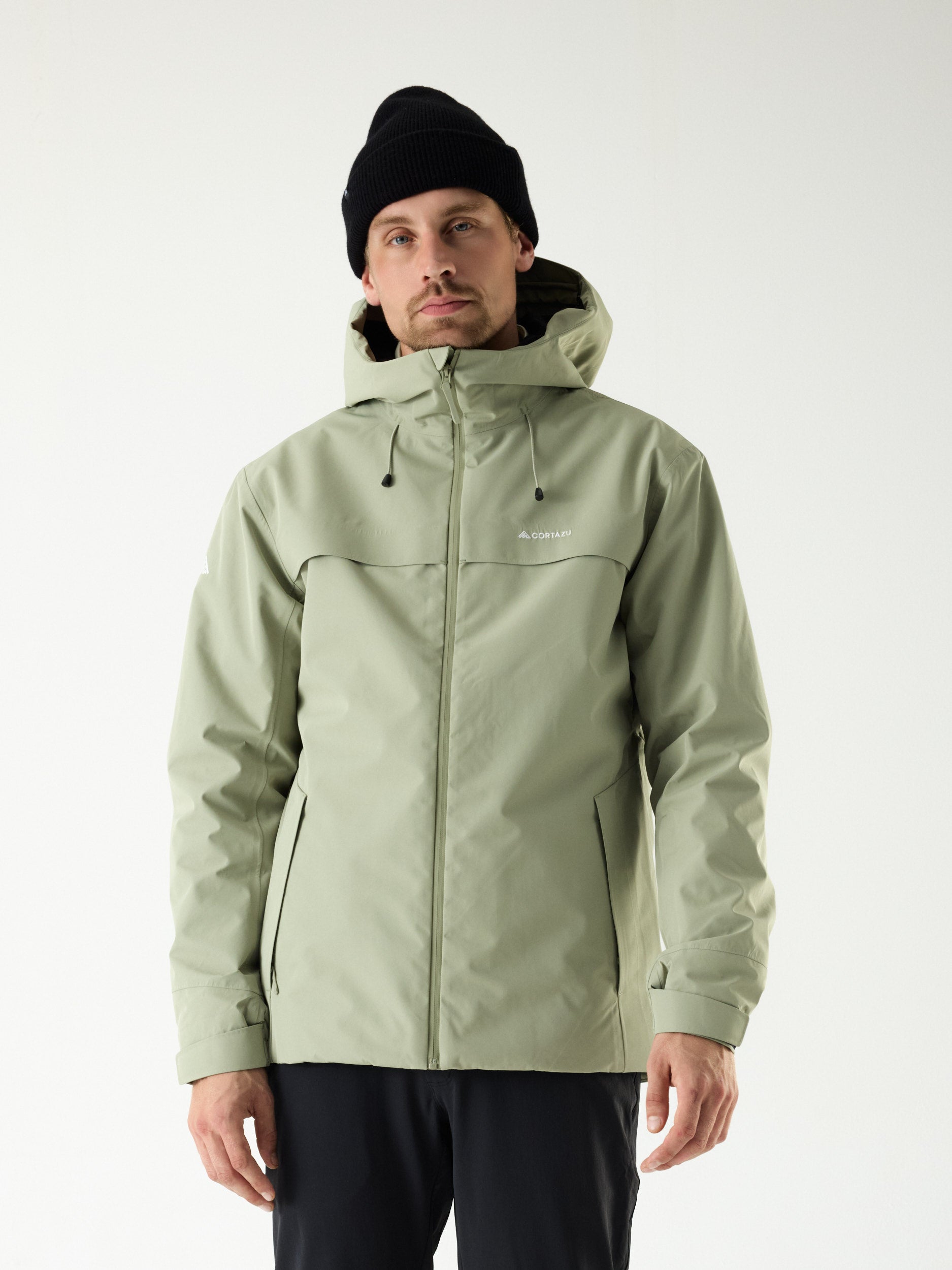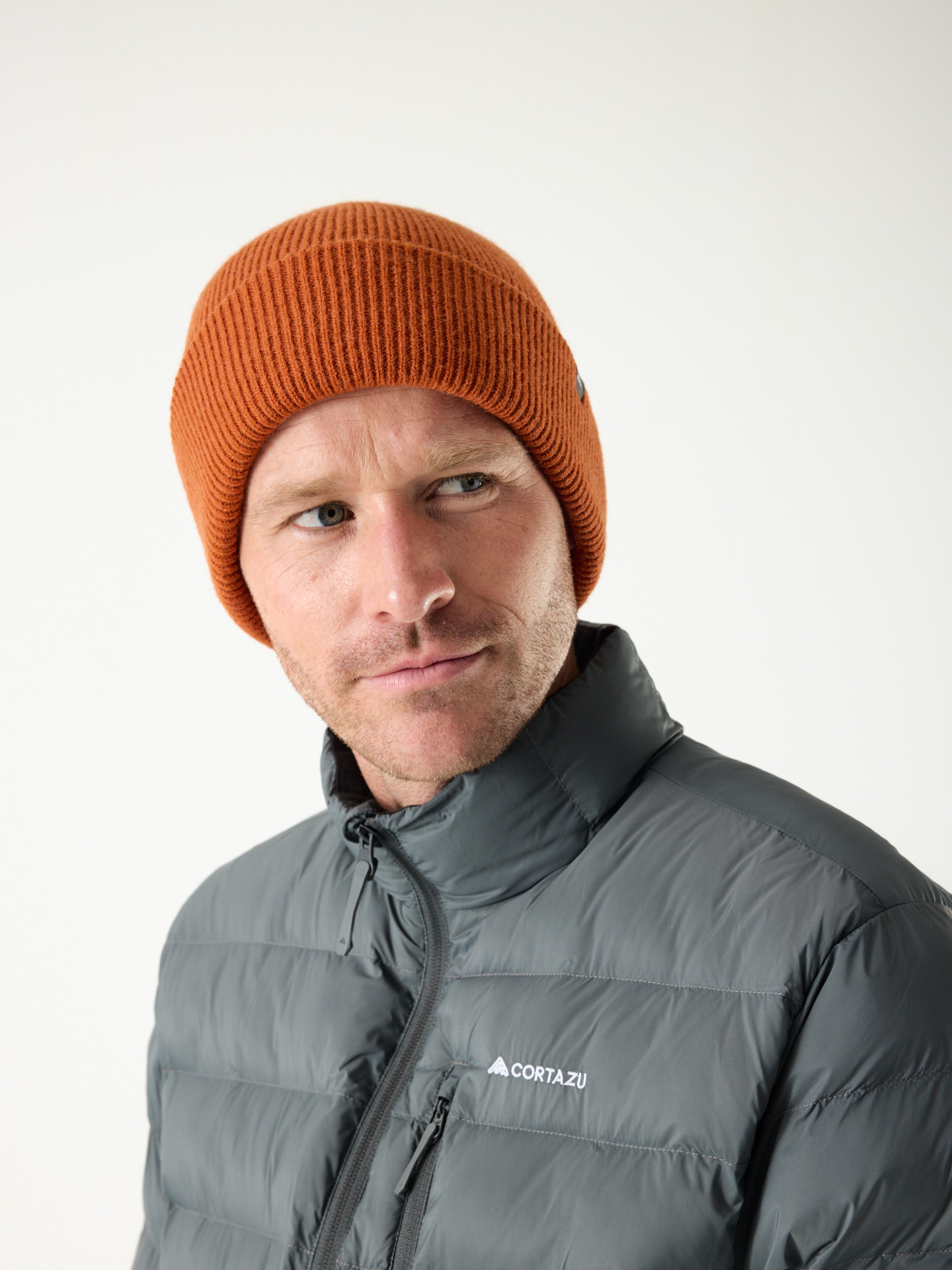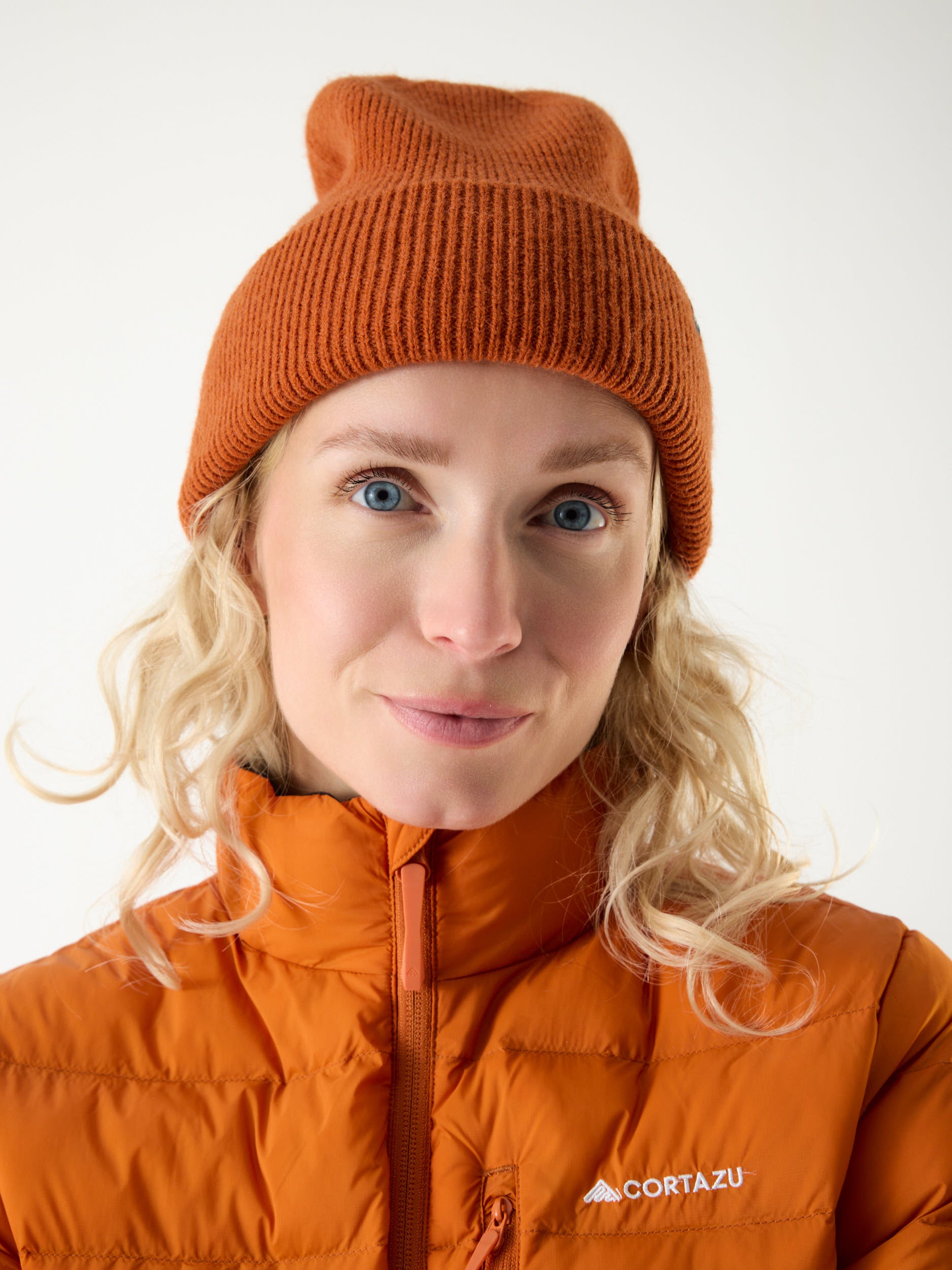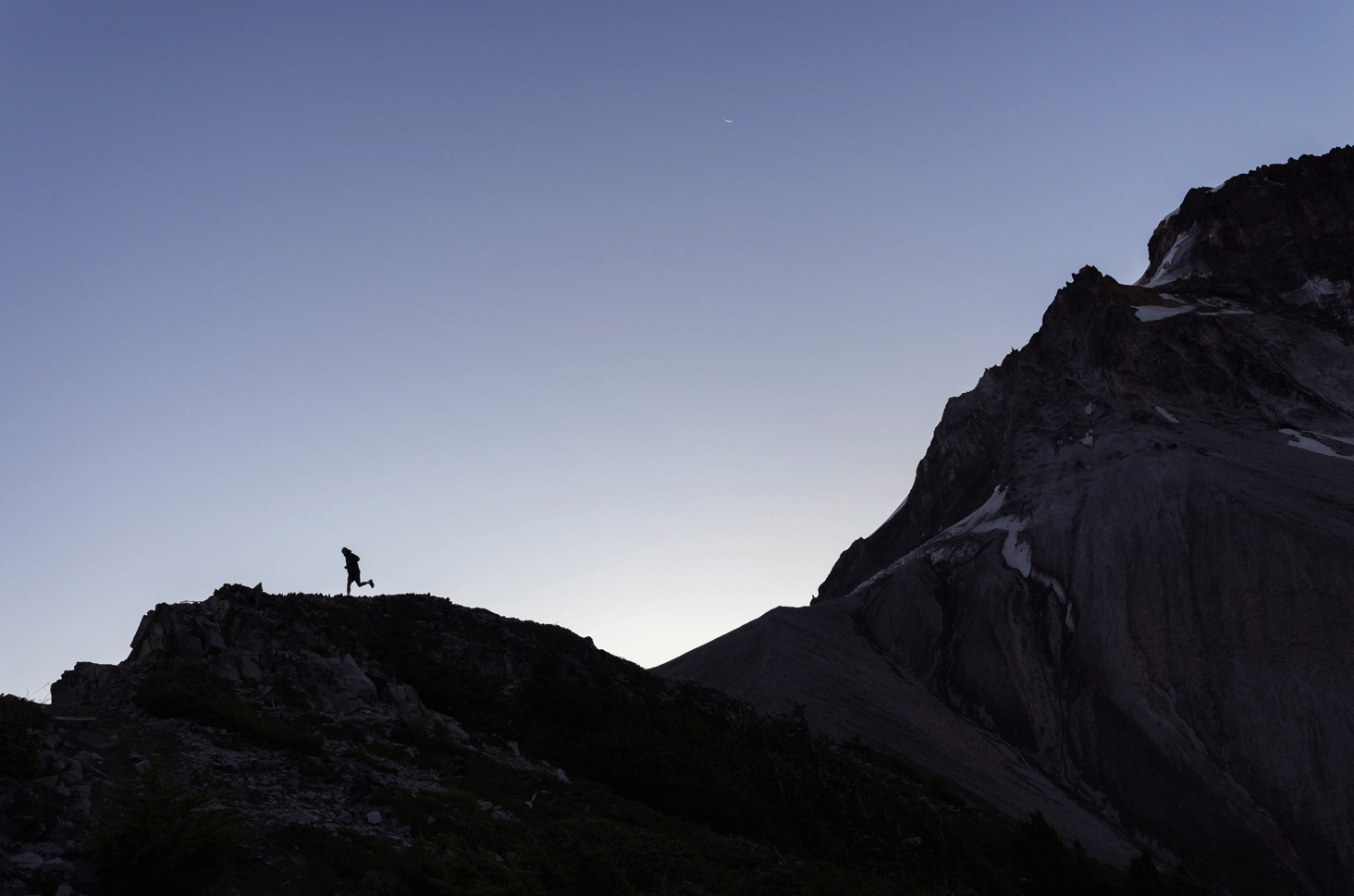Have you ever dreamed of spending a few days, a week or perhaps even a month walking along a backcountry trail, seeing some of the most majestic natural features the mountainous wilderness has to offer? Do you enjoy the idea of an exercise routine in the great outdoors?
If you do, then the sport of backpacking may be the activity for you. To get you acquainted with backpacking and help you plan your first big trip, in this article, we will introduce you to this exciting pursuit and provide a primer that discusses how to be successful at the activity and how to schedule your next outing so you can enjoy it to the fullest.
Backpacking: An Introduction

If you enjoy the outdoors even a little bit, the sport of backpacking will probably have you enjoying it more. Backpacking gives you the chance to see things that perhaps you will never see anywhere else on earth, things like picturesque lakes and waterfalls, the local flora and fauna, all while keeping your body in tip-top shape and increasing the chances of a long and healthy life.
There is simply nothing more exhilarating than experiencing the backcountry close up, and nothing more satisfying than sleeping under the stars in a backcountry locale of your choosing. From the sounds of a babbling brook to the popping embers of a campfire, nothing beats the true outdoor experience.
So, what exactly is backpacking? This may sound like a silly question, but the simple answer is that backpacking is a combination of hiking and camping, both of which can be equally fun and exciting.
However, before you can enjoy your first backpacking adventure, there are several things you will need to learn—and many things you will need to do—before setting out. To help ensure your success, below we have provided some tips and strategies on how to take up backpacking as a fun hobby.
Getting Your Body Ready to Go Backpacking
Before you can even think about taking off on a multi-day backpacking trip, you will first need to ensure your body can take the toll the activity places on it. Backpacking requires long hours of steady walking, all of which with a pack on your back containing your food, clothes and gear.
And to put it simply, this is NOT an activity you can pursue until you get yourself into backpacking shape.
Perhaps the best thing you can do to prepare for a backpacking trip is simply walk. These walks can occur on a track, around your neighborhood, or, for best results, on a treadmill.
The great thing about a treadmill is that you can adjust your pace until you are walking at your peak heart rate. This will help you gain the endurance you will so crucially need when out on the trail.
Most treadmills also allow you to change the elevation, which can give you some experience walking up hills, as you will undoubtedly have to do sometimes in the backcountry.
When you are in the gym you can also do some very basic strength training, focusing largely on your legs, back and core. There are many exercises that will help with your leg strength, from squats to lunges to calf raises, and you do not have to do any of your exercises with a lot of weight—just enough weight to mirror the pounds you will carry in your pack.
Once you are feeling better about your strength and endurance, you should definitely go engage in some one-day hikes to get your body ready for the rougher terrain. Just pick a trail close to you, lace up your hiking shoes and walk.
The more you do this the readier you will become for a multi-day backpacking adventure.
Select a Date and a Trail for Your Backpacking Adventure

Once you are sure that both your body and mindset are ready to tackle a multi-day backpacking excursion, the next step is to select both a date to begin your trek and the trail you intend to tackle. We say this is the “next” step because it is important that you plan early for a trip such as this.
Chances are you will need to take the time off of work, so you will need to lock in those vacation days before you go. Moreover, some trails require that you get a permit first before hiking them, and this can sometimes be a lengthy process.
Planning ahead for both the date and the trail will ensure everything is lined up when it’s time to go.
Note: Don’t forget to arrange transportation to and from your backpacking trail if this will be necessary.
Purchase and Test Your Gear
When we speak of gear for your backpacking trip, we are talking about both the clothes you will need to bring and any accessories that are linked with the sport of backpacking. Having the proper items on hand—and testing those pieces of gear before you set out—can make for a very positive outcome on your initial backpacking trip.
So, what exactly will you need to bring? Here are some examples of gear and clothing items that will make your trip successful.
ClothingClothing gets its own section here because the proper clothing can make or break your backpacking adventure. Of course, you will want to keep your pack as light as possible—that is a no-brainer.
You also want clothes that are both functional and comfortable. But how do you accomplish this for a multi-day trip? Simple, you layer!
Layering your clothes is one of the best ways to keep your pack a little lighter during certain stretches of your hike. It allows you to dress for cold weather in the morning, as well as warm weather during the afternoon, simply by shedding off a layer or two.
As we said, you want these clothes to be functional as well, which means you will need to purchase attire made with certain fabrics. Fabrics such as wool (merino wool) is very breathable, it wicks away moisture to keep you dry, and you can wear it for longer stretches because the wool actually has properties that control odors.
Other fabrics to consider are synthetic fabrics like nylon, polyester, Lycra and even spandex. All of these fabrics wick away moisture and they dry really fast—a huge plus when you are perspiring or if you get caught in a rainstorm.
Wool socks will also keep your feet comfortable, dry and odorless.
For a mid-layer or sleepwear you can elect to go with items made of cotton fleece. Cotton is very comfortable and is thus perfect when lounging around camp.
However, we strongly recommend that you avoid cotton clothing items for your base layer. The reason for this is cotton does not wick away moisture, will cause you to sweat more, and dries very slowly.
This can leave you feeling wet, uncomfortable and weighted down.
The last two mandatory items you will need to purchase is a good jacket or coat, depending on where and when you are camping and the temperatures you will encounter, and rain gear—a rain jacket and pants that are either water-resistant or water-proof.
Even if you are backpacking in the summer, you need to prepare for cold weather and rain, as the climate conditions in the backcountry can be very unpredictable.
Caps and hats are also good for sun protection and keeping you warm, as are gloves.
The Backpack…and Other Gear You Will Need

In addition to the clothing you will need to bring along with you, you will, of course, need to buy a backpack that suits your particular purpose.
Here there are literally scores of choices, including backpacks in which your camp gear is placed in the pack or those with rails in which the gear is secured outside of the pack. Be sure to check with a salesperson about the perfect backpacking backpack for your particular needs and preferences.
Other pieces of gear you will definitely need include:
- Sleeping Bag. The type of sleeping bag you will need depends on the area in which you often plan to backpack, and the time of the year. If you plan to hike primarily in the summer months, you can probably get away with a very lightweight sleeping bag that is rated for 35 degrees and higher, thus lightening your pack. However, our recommendation is to get one rated for 20 degrees or higher, better known as an all-season sleeping bag, one that will serve you well in both the spring and autumn months as well as the summer.
- Sleeping Pad. If you have ever slept on the rocky ground you will appreciate having a sleeping pad. In addition to adding extra comfort while you sleep, the sleeping pad also acts as a barrier between your sleeping bag and the ground, preventing moisture from getting on you and into your bag.
- Tent. While there are certainly some hearty summer backpackers that forgo this item in favor of sleeping under the stars, the extra protection and privacy a tent affords you is well worth the extra weight in your pack. If backpacking alone, we recommend a three-season, lightweight (nylon) 2-person tent. Although if you plan to hike with a partner, you should get a 3-person tent (for added comfort), the carrying of which can be shared by the both of you. Make sure the tent you purchase has a rainfly that extends all the way to the ground to keep you dry during storms and heavy downpours. Also, you will need to carry a pre-made tarp, cut to the dimensions of your tent, to act as a moisture barrier between the tent and the ground.
- Stove. If you plan to nosh on hot food when you make camp for the night, you will definitely need a few pieces of cooking equipment, beginning with a stove. Naturally, we are not talking about a bulky camping stove. There are many lightweight stoves designed specifically for backpackers, such as canister stoves that typically run on pressurized propane and butane. These are very efficient, very compact and easy to light. There are other compact stoves that run on alcohol and white heat, but these tend to be more expensive and harder to find.
- Other Cooking Equipment. For cooking purposes, you can usually get away with one 2-3 quart pan for cooking all your meals. You should also have a plate with upturned edges that can serve as both a plate and a bowl, one cup for coffee and other drinks, and a couple pieces of lightweight plastic silverware.
This is just an abbreviated list of the types of gear you will need. Other helpful items include a trowel for burying your “business” when hiking in the backcountry, a small cleanup kit, nylon cord that can serve as a clothesline, gloves, sunglasses, sunscreen and insect repellant, and a flashlight.
If you want to write about your experiences as they happen, a pen and waterproof notebook are good lightweight items to have along with you on your trip.
Once you have purchased all of your gear, we highly recommend that you test it before heading out on a multi-day trip. You can do this by going on shorter hikes near your home—even overnight stays that will allow you to field test all your camping equipment and cooking gear.
Enjoy Your First Backpacking Trip
With the gear bought and tested and the food packed, the new and improved you are now ready to embark on your first backpacking adventure. Make sure you let someone close to you know where you are backpacking and for how long—just in case of emergencies—and hit the trail.
This can be a little scary and intimidating at first, but if you have planned carefully and you stick to the marked trail (we recommend a marked trail for your first time out) you will be just fine. And by the end, we are guessing you will be hooked on the activity and a new bona fide member of the backpacking community.


